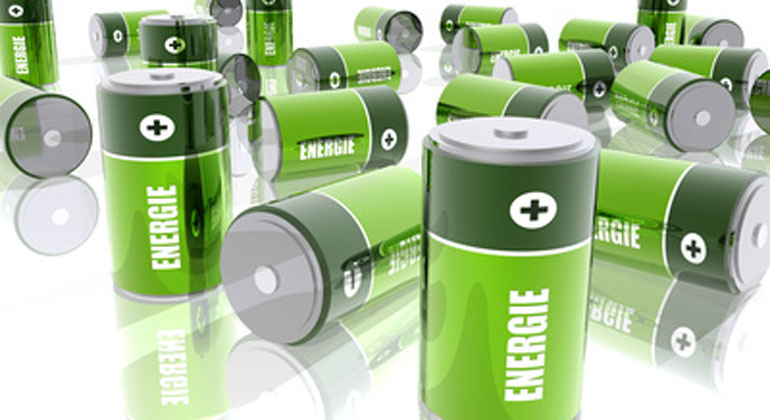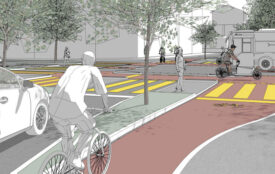A Second Life for Electric Car Batteries
Used lithium-ion batteries are not always a case for the recycling yard. In many cases, the batteries still retain around 80 to 90 percent of their original capacity after they have been used in an electric car.
They can be used, for example, as energy storage in buildings or for charging stations for electric cars. Since the batteries are responsible for a considerable share of the costs and emissions of an electric car, battery manufacturers and car owners have an economic and ecologic interest in repurposing these batteries.
For their new use, batteries must first be tested and evaluated. Together with colleagues from Stanford University, Dr. Amadeus Bach and Professor Stefan Reichelstein, Ph.D., of the Mannheim Institute for Sustainable Energy Studies (MISES) at the University of Mannheim have developed a decision model to evaluate old batteries from an economic and technical point of view. These guidelines with the title “A Decision-Making Model for Retired Li-ion Batteries“ is now available on the MISES website as well as in the Social Science Research Network (SSRN).
Their simulations show how the lifetime and the price of used lithium-ion batteries can be evaluated, depending on the current state of the battery and the type of future use. The simulated lifetime of repurposed batteries is between 1 and 6 years. The study is a comprehensive comparison of different strategies to demonstrate the most economical way to handle retired batteries. For example, the authors found out that the most profitable application is frequency regulation, a short-term power balancing.








